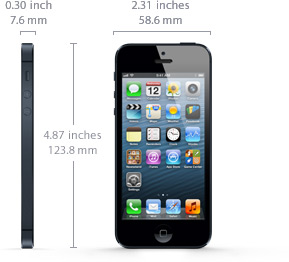Adapting Your iOS App to work with iPhone 5/iOS 6
 For the non-Retina to Retina changes, most developers simply needed to add a bunch of
For the non-Retina to Retina changes, most developers simply needed to add a bunch of @2x graphics, and maybe change a few little things here and there. Most parts of an app Just Worked™ on the higher resolution display, as long as the app used native controls and views, and didn't have a ton of custom interface elements.
However, with the iPhone 5, there are some other things that are changing a bit more radically—there's a bit of extra height (or width, in landscape), and iOS 6 is introducing a new way of handling device rotation and display changes.
Since most of the apps I manage are relatively simple, and only contain a few UIScrollViews, UITableViews, and UIViews, I only have to perform a few quick changes to my apps to get them ready for iOS 6 and the iPhone 5:

